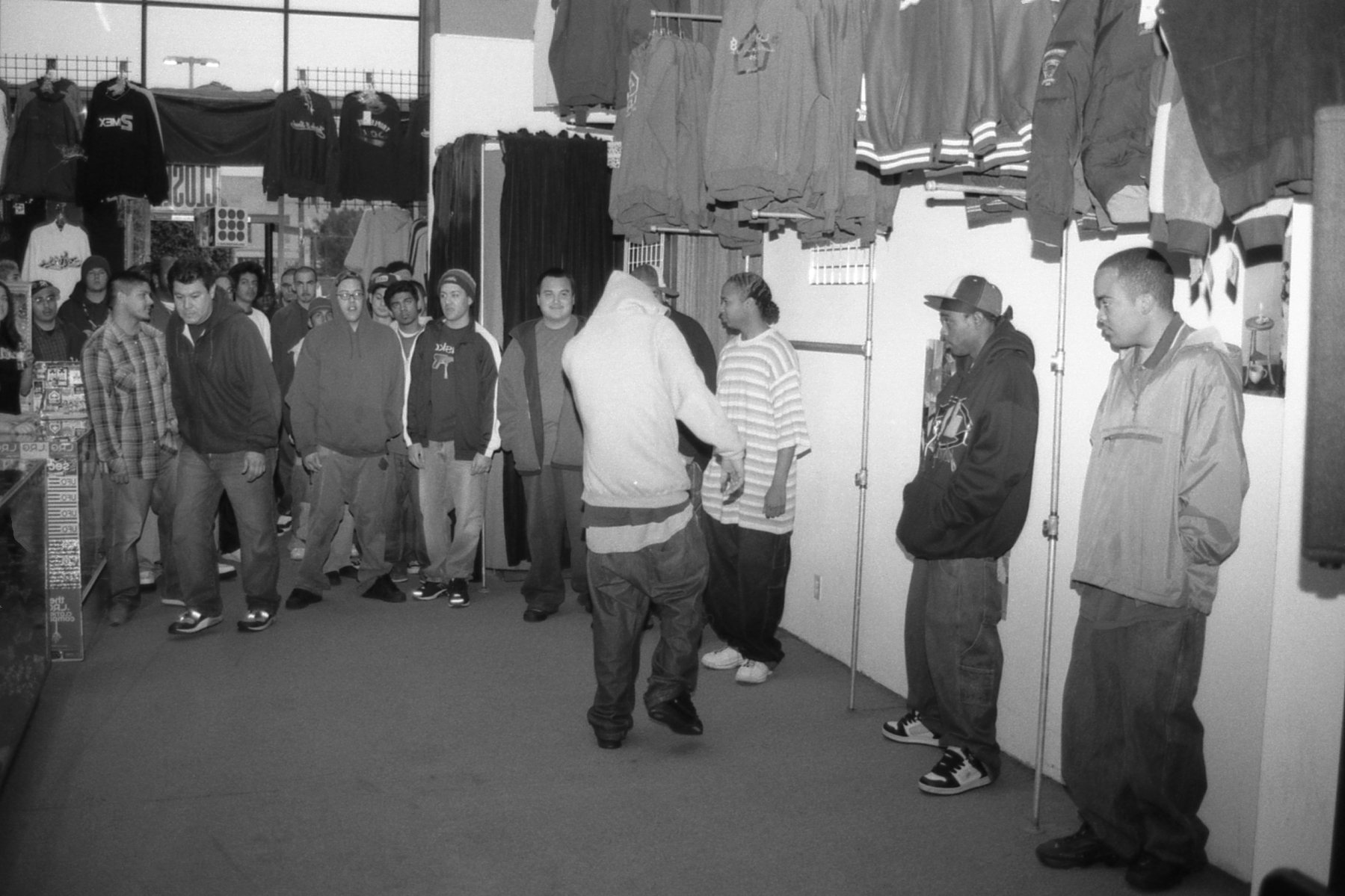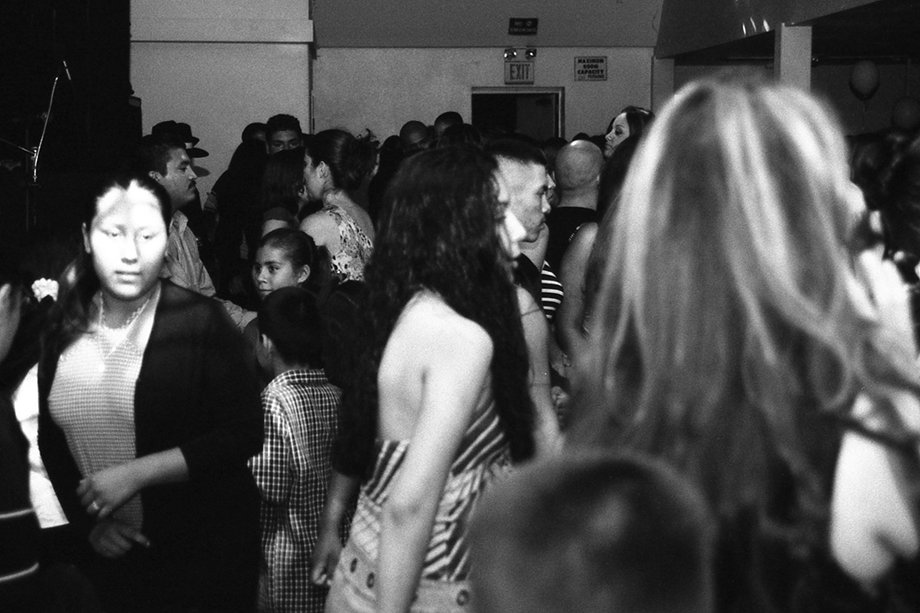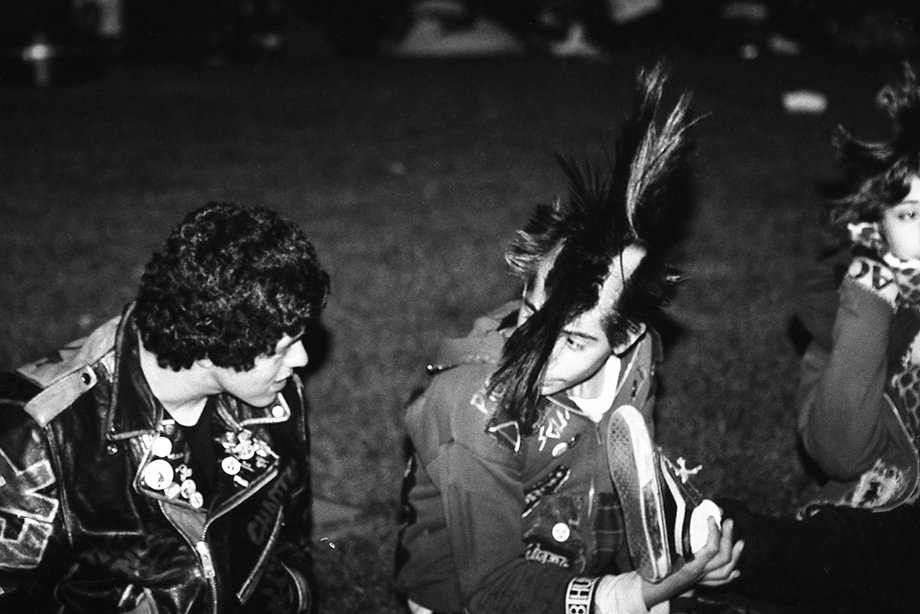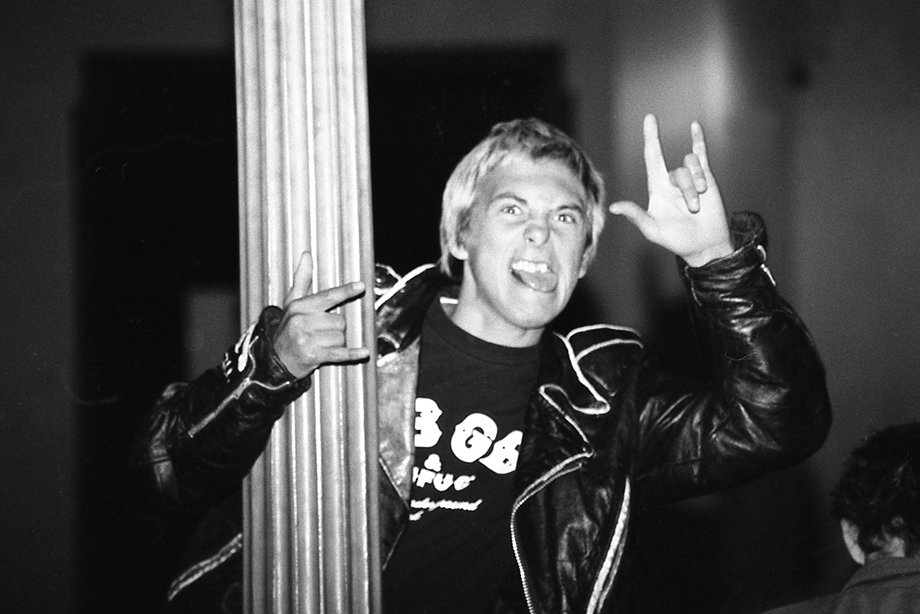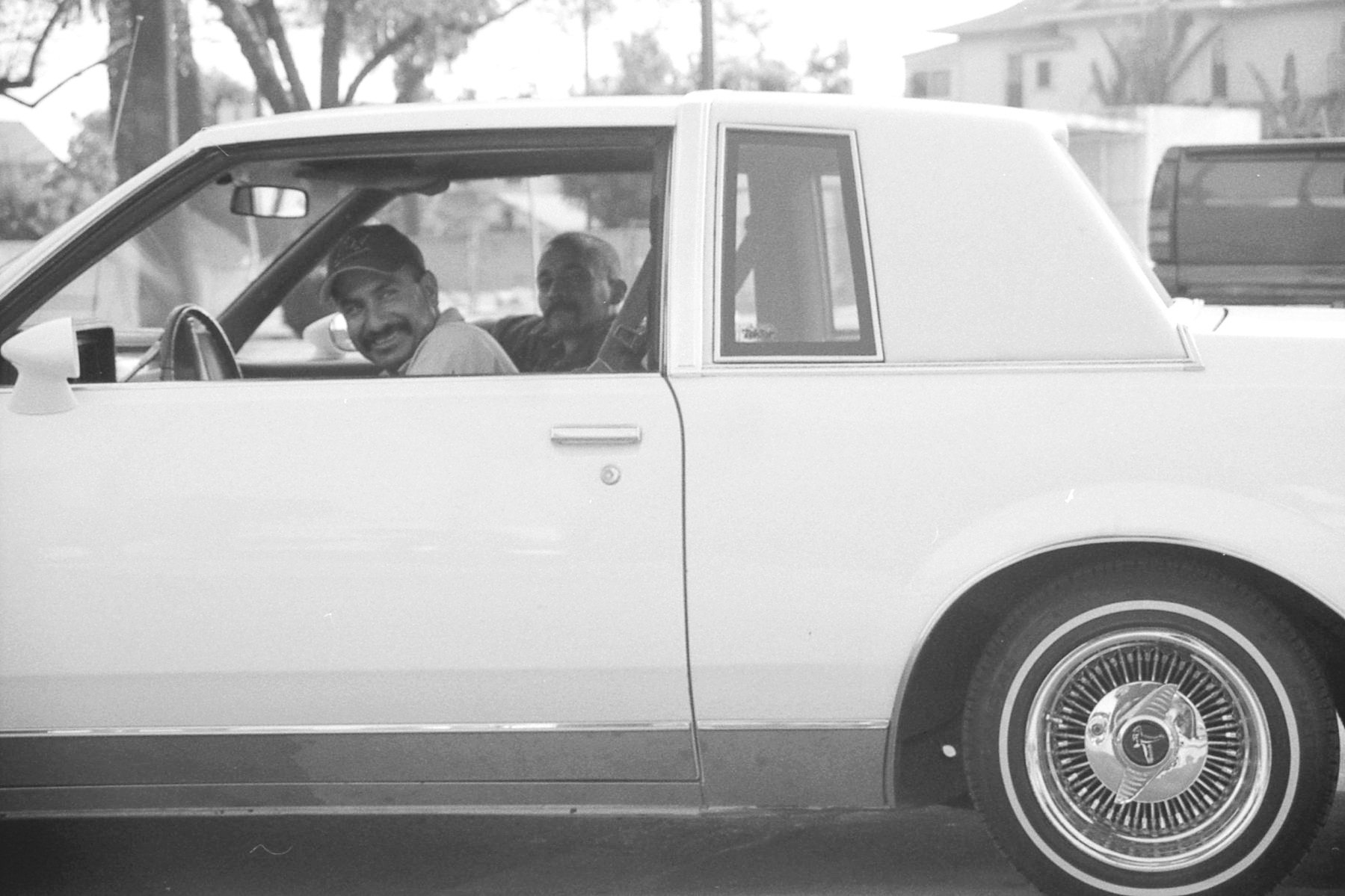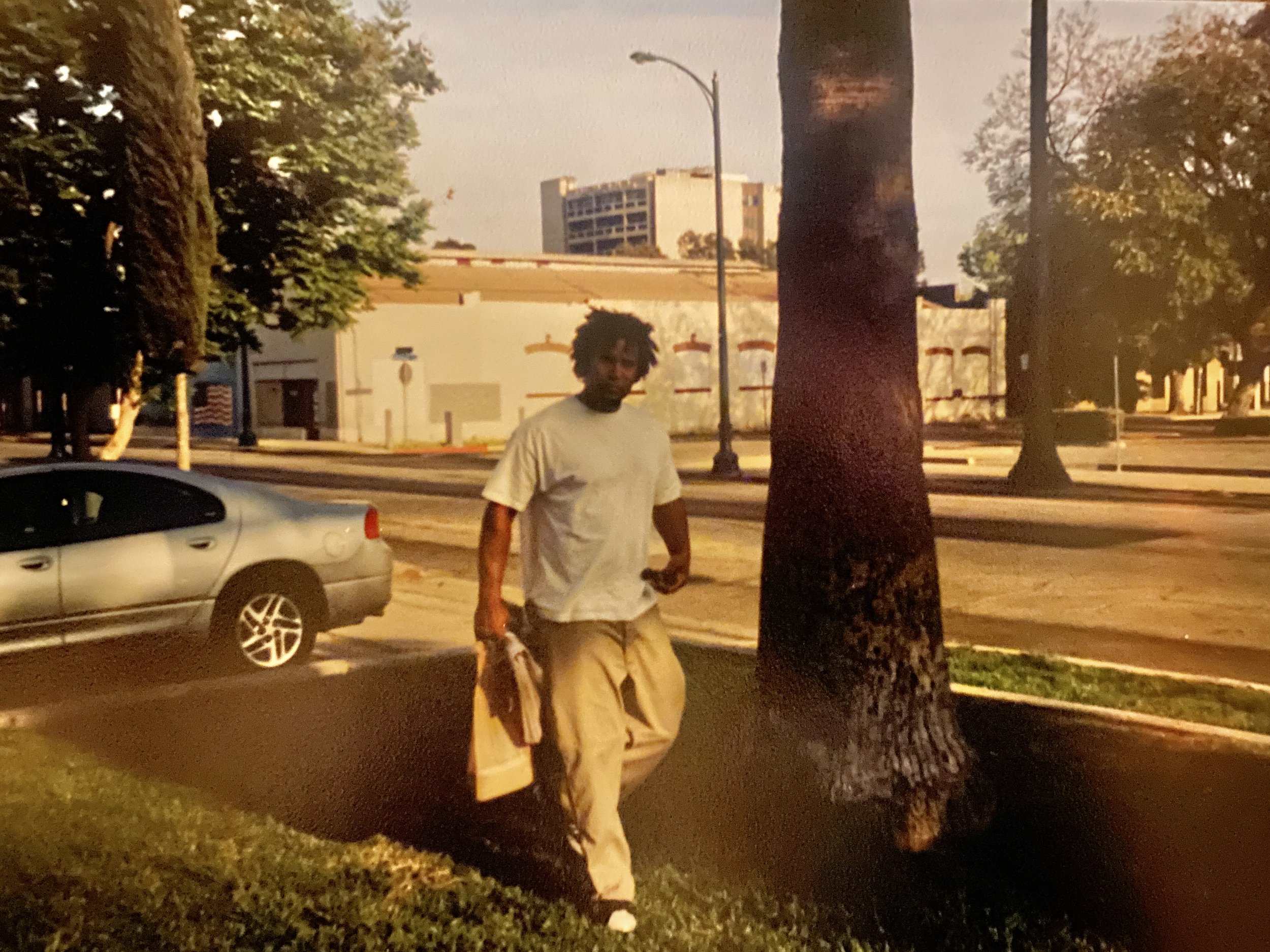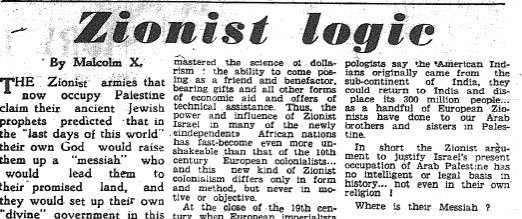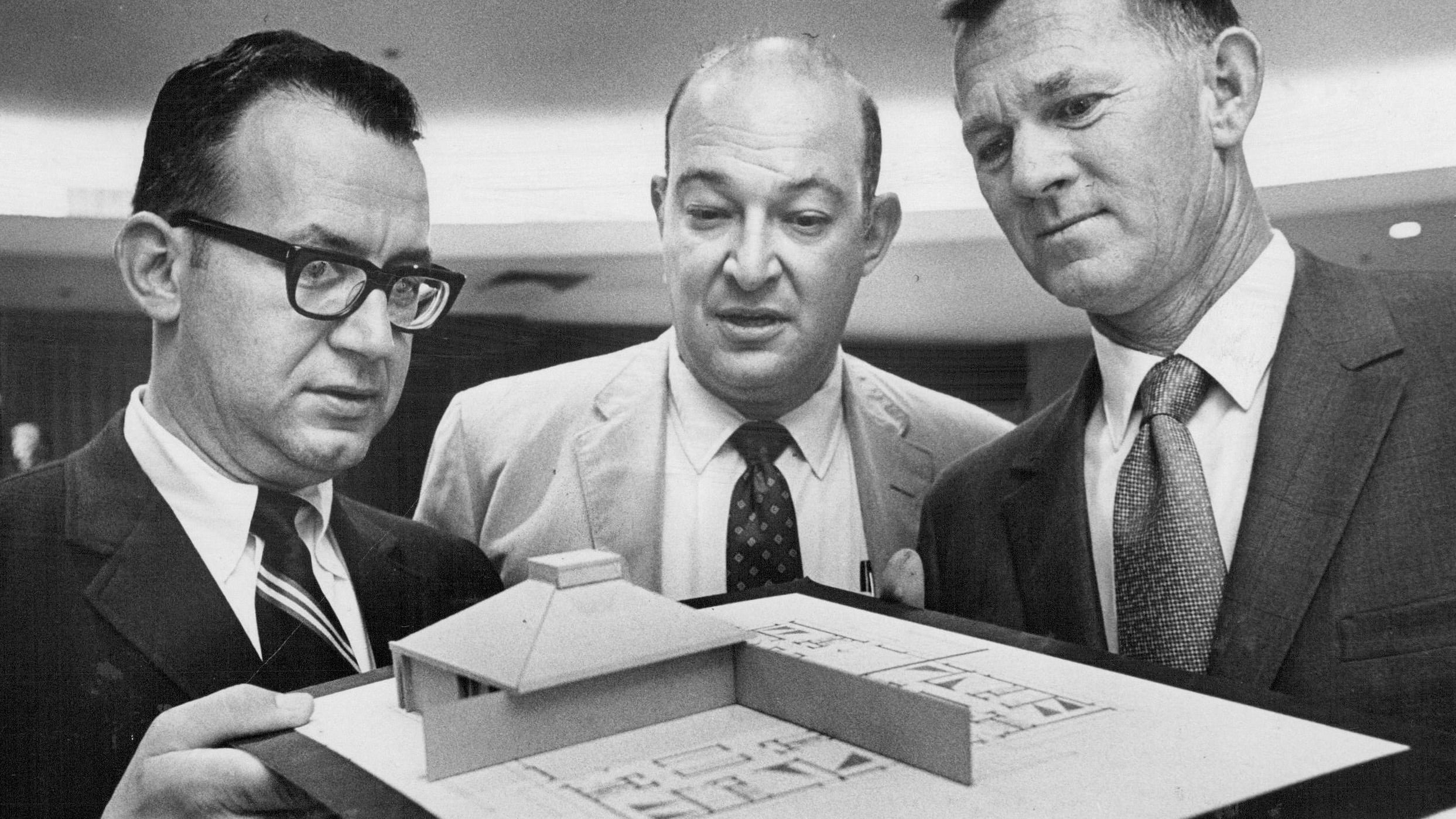Here in Pomona, if this election cycle demonstrated anything, it demonstrated the ramifications of losing the local press. Traditionally, local news has played a critical role in holding power to account, informing residents about local events, and fostering community engagement. However, this election cycle, without adequate local reporting, we were left in a swirl of rumor and innuendo that proved hard to refute. Many discussions dissolved into social media trolling. Citizens, barraged with scandalous accusations, watched as our city became more polarized than ever.
This election cycle, voters were basically left to their own devices, and individuals conducting their own research found out that it was not an easy task. Even attempts to locate something fairly simple and fairly straightforward like campaign financing was fraught with obstacles and obfuscations. The City of Pomona’s website led citizens on a bewildering wild goose chase this election round.
In this, Pomona is simply following a disturbing national trend. Across the country, once vibrant newsrooms that have served as the backbone of our local communities, have diminished, leaving many regions without reliable sources for news. Taking into consideration the size of Pomona (population 145,000), the choices are slim indeed. Voters are basically limited to the Inland Valley Daily Bulletin, La Nueva Voz, social media (Facebook, Instagram, Nextdoor), and yours truly, the Pomonan. While Pomonans may not know about the circumstances and conditions of the local newsrooms, they know firsthand what it is like to live in a news desert.
So what are we receiving, and are not receiving, from these news sources?
Though many think of the Inland Valley Daily Bulletin as a local, it really is not. In actuality, it is part of a vast news conglomerate, only masquerading as a local news outlet with but a handful of local reporters. Founded in 1885, over the years, it earned a well-deserved reputation as an independent local newspaper but, in 1999, it was sold to the Southern California News Group (SCNG) which publishes 11 Southern California dailies among other things. Few people recognize that SCNG controls much of Southern California so-called local reporting. With a readership of 6.2 million, it is a big stretch to say their concerns are local. But that is not the extent of it. SCNG is, in turn, operated by Digital First Media (aka the Tribune News Media Group), which is the second biggest newspaper company in the country with 77 daily newspapers. Digital First media, in turn, is owned by the hedge fund, Alden Global Capital, a firm with a reputation for eviscerating independent news sources by prioritizing short-term profits over journalistic integrity and service to the community.
Newspapers have faced an unprecedented decline in recent years, for all sorts of economic reasons, but certainly the entry of the hedge funders and private equity firms into the local news market have resulted in gaps in community reporting and information dissemination. Vanity Fair’s media reporter, Joe Pompeo, in his February 5, 2022, article, The Hedge Fund Vampire That Bleeds Newspapers Dry, skewered Alden Global Capital for its predatory behavior: “In its mission to squeeze the last profits out of newspapers, Alden Global Capital has eliminated the jobs of scores of reporters and editors, and decimated journalism in cities all over the country.”
When Alden Global Capital gutted the Chicago Tribune, its reporters wrote, “This stripping of assets built the personal wealth of Alden investors but crippled news outlets that have been vital to American democracy.”
Washington Post media critic Margaret Sullivan called Alden Global Capital “one of the most ruthless of the corporate strip-miners seemingly intent on destroying local journalism.” She explains that the profit-driven model has led to layoffs, reduced coverage, and the closure of entire newsrooms. Further, she calls this the “ghosting” of local journalism. Once-thriving newsrooms have been hollowed out, leaving behind only a shadow of their former selves.
And research analyst Doug Arthur described Alden Global Capital as “the ultimate cash flow mercenary. They want to find cash flow and bleed it to death.”
During its heyday, the Inland Valley Daily Bulletin (IVDB) was much more rigorous and deeply embedded in the community, playing a vital role in fostering civic engagement and accountability. Today, the diminished coverage under ownership by a hedge fund, leaves a void in the community, underscoring the broader consequences of dwindling local news sources.
At best, the IVDB sends out a reporter a couple of times a year to visit City Council chambers, and it is common practice for the San Gabriel News Group to print the same editorial in all 11 of its dailies. If a reader wants to rebut that editorial, their letter to the editor (if accepted), only appears in one local - and none of the others. In order to truly rebut the editorial, the reader would have to submit something like 11 letters to all of the dailies and they would have to, in turn, be accepted and printed by all of them. Commonly, the editorials SGNG prints skew conservative or libertarian due to the monied interests of the hedge fund and private equity fund owners.
Pomona’s other local news source is La Nueva Voz (LNV), “the little engine that could.” With limited resources, it punches above its weight, but there is no way that LNV can provide the “comprehensive coverage of community and business news,” as it claims to cover, since it only publishes once a month. And even though La Nueva Voz also calls itself a “bilingual (English/Spanish) community newspaper” this is not consistently reflected in its pdf and print publications. It is an admirable stretch goal that LNV doesn’t meet.
However, that’s not the worst of it. La Nueva Voz, dependent on local advertisers, is consistently biased in its reporting, highlighting candidates, politicians, structures that support and prop up the power elite. More often than not, it supports politicians and perspectives that align with their own interests, shielding those they favor from criticism and while placing their rivals it does not favor under intense scrutiny.
A case in point is La Nueva Voz’ recent, very biased coverage of Measure Y, the Kids First Initiative. In La Nueva Voz November 28th edition, publisher Jeff Schenkel tips his hand when he editorializes against the Initiative in what LNV posts as an article reporting on the passage of Measure Y.
In the second line of the first paragraph of his article, LNV’s publisher suggests that the Measure may be challenged in the courts before it is ever implemented, even though the publisher fails to report who plans to challenge it and on what grounds. Buried deep into the article, the publisher admits he has no particular intel to divulge. In the 24th paragraph, the publisher quotes Councilmember Steve Lustro as saying he “had not heard about anyone saying the city would file legal action if the measure passed.”
The publisher, though he asserts that legal action is imminent, he has no particular news or intel to report. The Pomona’s City Council has not yet brought up the matter publicly which raises the issue of journalistic integrity. With no substantiation or authentication of his claim, should his readership be grateful that he is circulating a whisper campaign that is occurring from behind the scenes of the power elite? Or should his readership be dismayed because it appears that he is goading our elected and appointed officials to undermine the Kids First Initiative even after it achieved a clear majority (62.5%) in November’s election?
In his third paragraph, the publisher casts doubt on the Measure’s supporters saying that they “tout” the advantages of youth programs - as if research and statistics have not backed up their supposition. And in the fifth paragraph, the publisher opines that the supporters and voters who passed the Initiative are ignorant, by saying, “the way these things generally work out, the title of the measure is often the only thing voters read before marking their ballots.”
What is particularly damning to La Nueva Voz is that the publisher attacks Measure Y’s supporters, but does not include comments from them or a mention that he attempted to reach out to them.
In the publisher’s ninth paragraph of his article, he asks the rhetorical question, “Did we mention that the two biggest funders of the measure were outside of Pomona?” This became a tired trope of the opposition to Y campaign, but here the publisher fails to mention that the opposition to Measure Y also took money from out-of-towners.
The publisher suggests that there is something spurious about taking money from two California-based non-profits - one from the Bay area and one from LA. However, any scrutiny reveals that both of these are organizations who have pledged their support for early childhood education and human rights issues in the state and in the county. Pomona, on the edge of Los Angeles and San Bernardino Counties, is often forgotten when money and resources are distributed, so it is difficult to discern why the publisher is so upset that a non-profit in Pomona accepted funding from an LA County-centric non-profit that wants “to transform Los Angeles in areas of education, health, immigration and housing.” His criticism seems weak and suspect, indeed, considering Pomona’s socio-economic challenges. It would seem that few would refuse such help, if offered.
More fittingly, maybe the more appropriate nickname for La Nueva Voz should be ‘the little engine that should.’ It should be a reasonable voice, but it does not quite reach its potential. Still, in a vast sea of near nothingness, La Nueva Voz occupies an important niche. It remains as a commendable effort to deliver local news against the odds.
Pomonans, following the national trend, have turned to social media (Instagram, Facebook, Nextdoor) for news, clinging to it for its convenience and speed in spite of the fact it has proven to be both unreliable and inaccurate. Commonly, no one is fact-checking. News on social media consists of short sound bites rather than sustained logical reasoning - and people feel free to shamelessly attack others. Few would dispute the fact that social media serves up its ‘news’ on a platter of snarkiness. Even though most sites post community standards, few abide by the rules, especially if they’re the moderator. For the most part, sites go unmonitored. Where social media is concerned, it is still the wild, wild west.
Finally, there is one more source - The Pomonan. That said, The Pomonan is not even trying to fill the local news void. A fiercely independent news source, upon occasion it steps in to answer the gaping needs of a population thirsty for information, however, nobody ever should or would turn to The Pomonan to get their daily dose of news. People turn to The Pomonan, a digital global magazine operating without advertisers, for local information when they want commentary delivered with a little salt and pepper. The Pomonan exists as a catalyst for change and its function is to encourage dialogue.
So, there it is. Pomona has become a textbook case of what happens when local journalism vanishes. The result? less civic engagement, less meaningful discourse, more divisive polarization - and in the end, we are less for it.






























